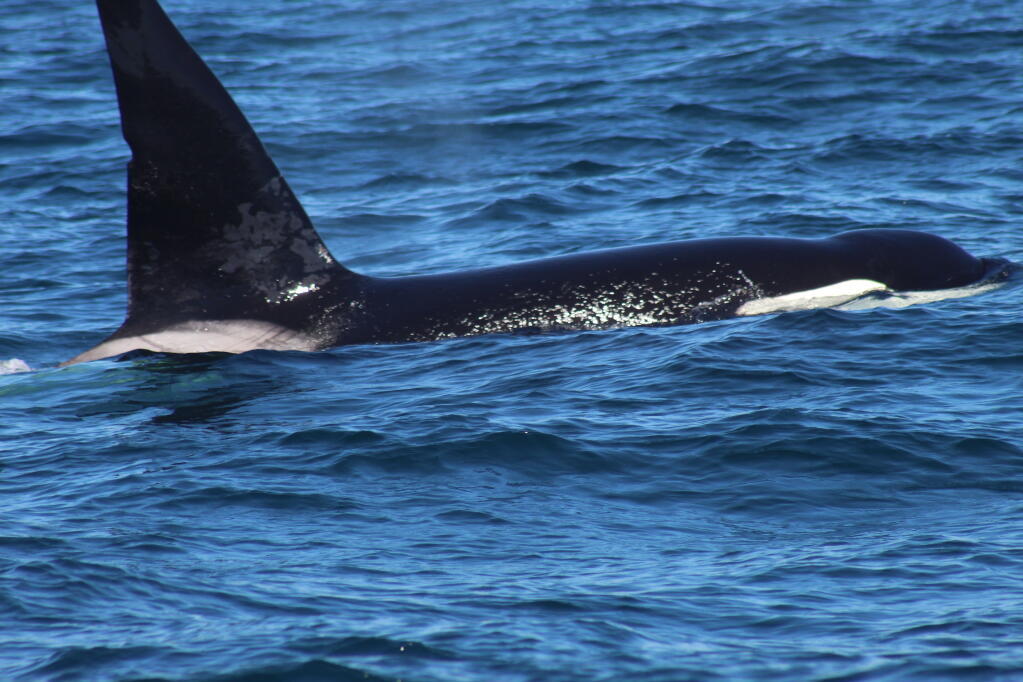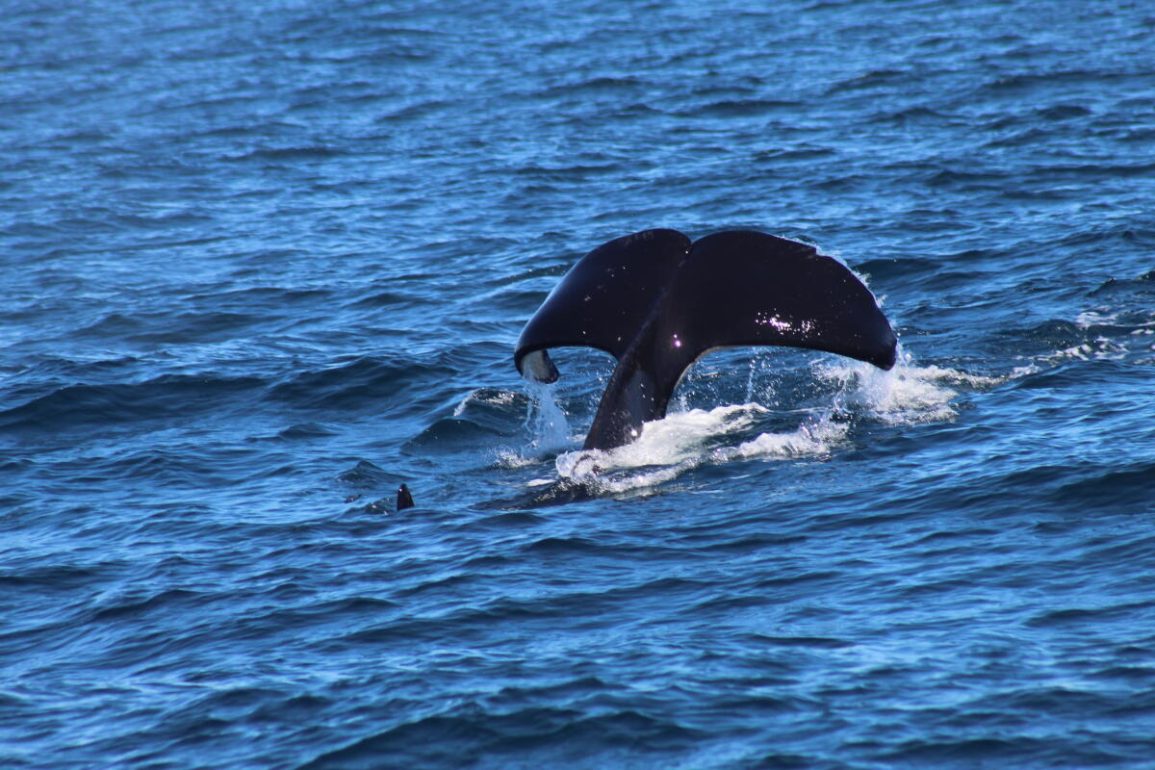Jim Tietz, a biologist with the Point Blue Farallon Island Program, was preparing to launch a boat on Southeast Farallon Island for a safety training session when he noticed spouts from at least seven humpback whales. Upon closer inspection, he realized that about twice as many killer whales were circling the humpbacks, preparing to attack.
This sighting marked the beginning of a nine-hour-long interaction between the whales, just 28 miles from San Francisco, which captured the attention of scientists globally. Despite being preoccupied with the training, Tietz later managed to get his team involved, using a webcam to monitor the action.
The event was extraordinary for Tietz, who has been studying animal migration on the Farallon Islands since 2000. He noted that in his 23 seasons there, this was only the second or third time he had seen orcas from the islands, making it a once-in-a-lifetime event for him. The interaction stood out, especially because the killer whales split the humpbacks into two groups and targeted an adult male, a behavior Tietz found unusual since orcas typically go after younger, easier-to-catch whales.

This sighting comes shortly after the stranding of a juvenile humpback whale near Fort Funston, which scientists believe was attacked by orcas due to the nature of the lesions found on its body. Moe Flannery, a senior collections manager at the California Academy of Sciences, noted that other marine mammals in the area had also washed up with similar injuries, suggesting orca predation. The unusual peeling of skin on these mammals, which is not characteristic of shark attacks, further pointed to orcas as the culprits.
Flannery explained that it is rare for scientists to witness the cause of death in marine mammals, making this interaction particularly significant. Although it is still unclear what happened to the singled-out male humpback, Flannery would not be surprised if another carcass appeared soon. She suggested that the presence of orcas might be linked to the high abundance of anchovies in the waters this year, which has attracted humpback whales and, consequently, their predators, the orcas.
Nancy Black, a marine biologist and director of the California Killer Whale Project, found the event unusual, noting that in her 30 years of studying orcas in Monterey Bay, she had never seen them harass humpbacks to such an extent. Black speculated that the orcas might have mistaken an adult humpback for a calf, or perhaps there was another prey item in the area that initially attracted the orcas. This behavior differed from typical interactions, where humpbacks often try to protect prey from orcas, even after the prey is dead.
The sighting has left experts with more questions than answers about orca behavior and their interactions with humpbacks. Black emphasized the intelligence and complex behaviors of these animals, which inhabit a world vastly different from our own. While no physical harm was observed on the humpbacks, the event remains a fascinating and mysterious occurrence that challenges existing knowledge of whale interactions.

